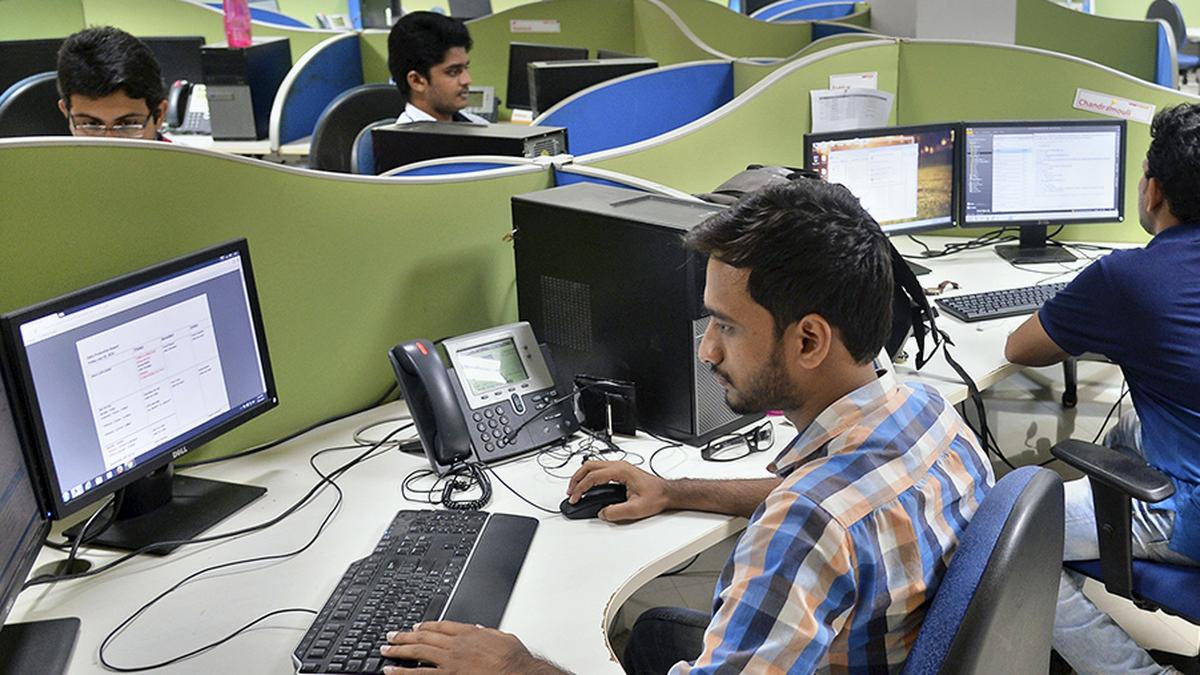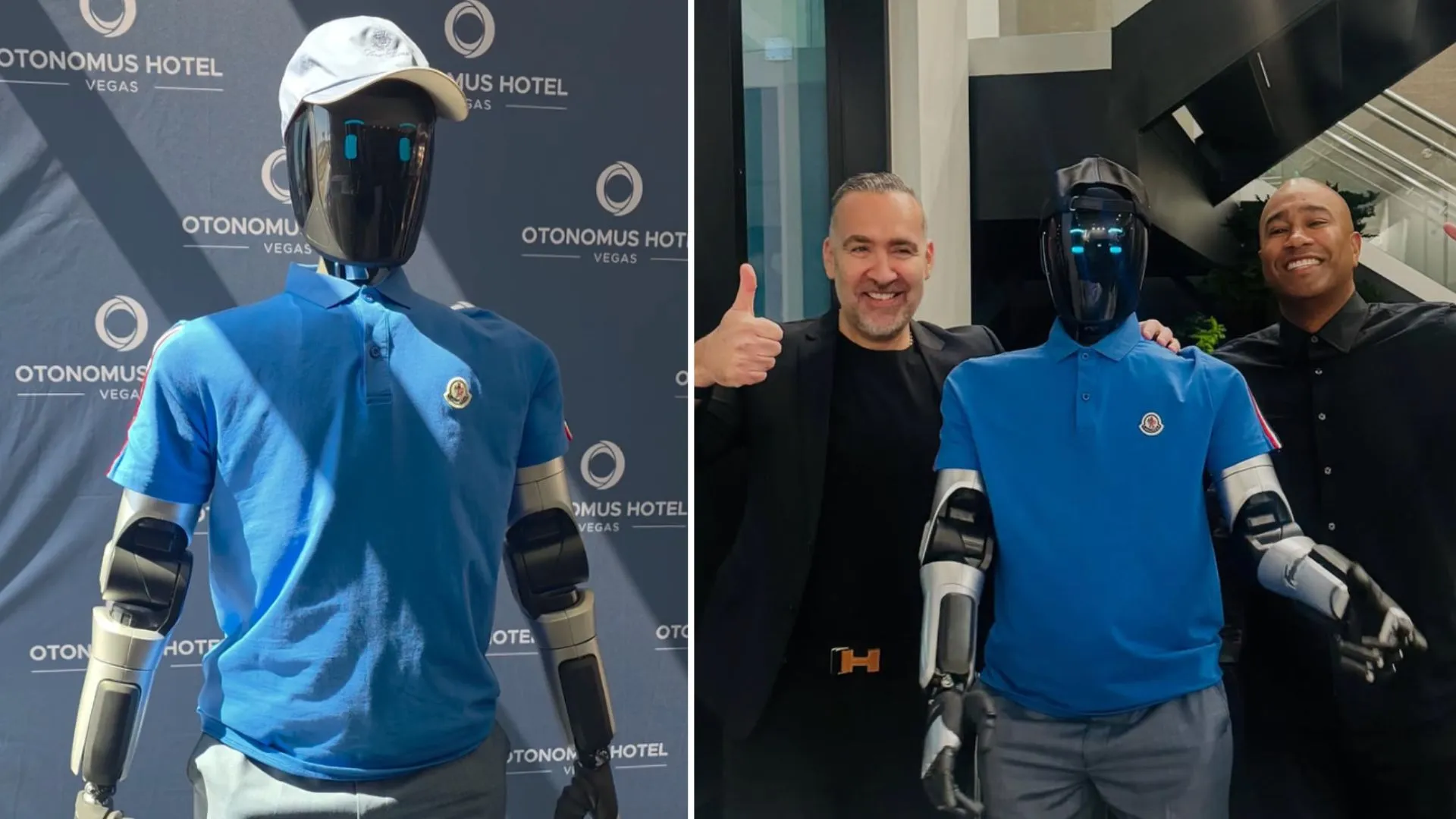By Indian It
Copyright thehindubusinessline

Much before US President Trump’s decision to increase H-1B visa fees to $100,000 from the existing fees ranging between $2,500 and $5,000, the red line was drawn when he hosted 33 Silicon Valley leaders (including five Indian-origin top executives such as Sundar Pichai and Satya Nadella) at the White House.
Although the meeting was about artificial intelligence and US investment, behind the scenes the talk was about a paradigm shift — how AI programming tools can now generate thousands of lines of code quickly, reducing demand for junior software engineers.
This may explain why major US tech companies such as Amazon, Intel, Meta and Microsoft, have been consistently laying off workers in recent times, particularly before the hike in H-1B visa fees. In fact, the US-based IT firms are more dependent on H-1B visas than Indian IT firms.
Even in India, the top six IT firms added just 3,847 employees in Q1FY26, a 72 per cent drop from Q4FY25. TCS made national headlines for laying off 12,200 employees, which is about 2 per cent of its global workforce. Although we are worried about the fate of around 400,000 Indian IT workers whose H-1B visas may not be renewed in the event of this fee hike, such a thing was bound to happen.
Largest beneficiary
Region-wise, India was the largest beneficiary of H-1B visas, accounting for 71 per cent of 3,99,395 in H-1B visas 2024, while China was a distant second at 11.7 per cent. Market participants had anticipated a sharp fall in stock prices of Indian IT companies heavily reliant on the US market when the stock market opened on Monday after the announcement. By the end of trading day, these stocks declined an average of 3.4 per cent.
AI, automation, and cloud computing are changing the face of tech hiring, something which came too quickly, especially when there is a growing pool of computer science graduates specialising in coding that has been growing over the years. Graduating with a degree in computer science became a fad, with top tech executives, billionaires, and even US presidents promoting the field and encouraging students to learn coding. Throughout the past decade, a degree in computer science was yielding results, with fresh graduates in the US starting off with salaries exceeding $100,000 plus substantial bonuses and stock grants. Same trends were noticed in India and elsewhere across the globe.
Like in the US, in India, there is a craze for admitting students to computer science programmes, with recent estimates suggesting India is producing in excess of one million engineering graduates every year. This has led to excess supply, particularly in the age of AI driven technological change. This is akin to the cobweb model in economics, where farmers grow a particular crop in response to higher price signals in the present period, only to realise there is excess supply in the next period.
We are witnessing a similar event now but spread across a longer time horizon to adjust for the technological change. Entry-level hiring by Indian IT firms has dropped sharply from pre-Covid levels. The same can perhaps be said of employment generation, generally speaking, in the organised sector.
India (like elsewhere in the world) is slowly transforming into a gig economy where the labour market is increasingly characterised by the prevalence of short-term contracts or freelance work.
Private studies have shown that over half of Indian companies have more than 20 per cent of their workforce as contingent workers. The Periodic Labour Force Surveys corroborate this trend. In fact, most of the hiring in manufacturing, whether by the government or by private corporate enterprises, is now being increasingly outsourced to private contract suppliers. That things change so rapidly, requiring adjustments from both industry and the education system, is not new. Even the advent of computers and technology that marked the rise in productivity during the last century required adjustments. Alongside computers, electricity, combustible engines and refrigeration aided economic growth through a more productive labour force and necessary training. This has led to the creation of thousands of jobs in manufacturing.
In the age of big data analytics, machine and deep learning, there is an apprehension that machines are increasingly taking over jobs performed by humans. But that is not entirely true. Newer types of jobs are opening up and it is in this transition phase that things will be little difficult.
Computer science
According to an August 2025 report from the Federal Reserve Bank of New York, among college graduates ages 22 to 27, computer science and computer engineering majors are facing some of the highest unemployment rates, ranging between 6.1 per cent and 7.5 per cent, respectively.
That is more than double the unemployment rate among recent biology and art history graduates, which is just around 3 per cent. In an ironic twist, job applicants leverage AI tools such as Simplify to mass-customise their resumes and applications, only to have companies use similar AI technology to automatically screen them out.
The silver lining for India is that irrespective of Trump’s hike in visa fees, it will lead to more offshoring. The labour cost is still lower in India, which has a high number of STEM graduates. It will only bolster investment in Global Capability Centres (GCCs). India accounts for 55 per cent of the world’s GCC centres (according to IBEF), employing around 1.9 million people.
For the existing talented Indian IT workers other opportunities are opening up, for instance, China now announced issuance of K visa after Trump announced a hike in visa fees. Middle-East countries and the UK are other places waiting to welcome these skilled workers from India.
The writer is Professor, School of Management, Mahindra University
Published on September 25, 2025



